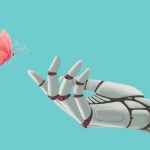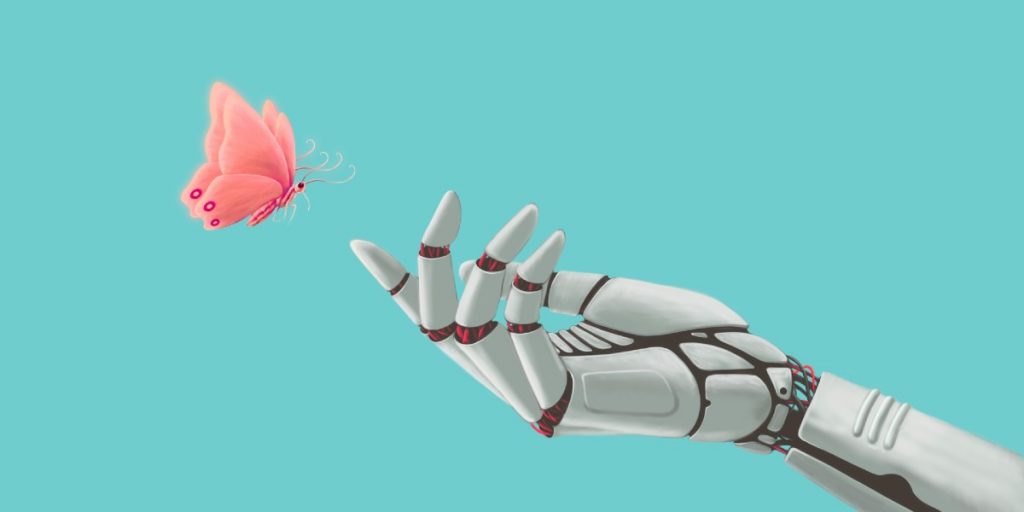Daniel J. Levitin is a neuroscientist, cognitive psychologist, and bestselling author. He is Founding Dean of Arts & Humanities at the Minerva Schools at KGI in San Francisco, and Professor Emeritus of psychology and neuroscience at McGill University.
When his latest book, Successful Aging, was selected for the latest season of the Next Big Idea Club, Daniel stopped by NBIC headquarters to offer an exclusive set of insights, one of which we’re proud to share below.
Aging is an irreversible and inescapable process. But the effects of aging are, in some cases, reversible and, if not completely escapable, at least subject to delay. There are many factors under our control—diet, sleep, regular visits to the doctor, social networks—but the single most important correlate of vibrant mental and physical health is physical activity.
This doesn’t mean the other correlates (diet and sleep, for instance) aren’t important—they are—and it doesn’t mean that if you engage in more physical activity, you don’t need to follow other healthy practices. What it does mean is that you might want to take physical activity seriously—particularly if, like many people, your attitude about getting active is “Yeah, yeah—I’ll start tomorrow.”
Physical activity is not the same as exercise. It’s as simple as moving around, interacting with the environment. Running has benefits, but so does walking, even with a cane or walker. The physical activity doesn’t need to resemble the kind of workout that twenty- or thirty-five-year-olds might do. It’s important to respect your body’s limits, and to consider age-related factors. Older adults should check with their doctors or work with a professional trainer to determine what kind of movement is right and appropriate for them.
“Even the teensiest, tiniest, barely measurable amount of physical activity helps.”
Ulrik Wisløff, the head of the Cardiac Exercise Research Group at the Norwegian University of Science and Technology, started something of a revolution about fifteen years ago when he published research showing that even a little bit of physical activity can be transformative for brain health and longevity. Wisløff has developed a high-intensity, short-interval program that confers many of the benefits of more conventional, serious workouts, and can be done just three days a week in sessions of about twenty minutes each. There’s thirty seconds to a minute of running, climbing stairs, or cycling, followed by a minute or two of cool-down activities, such as walking or slow pedaling, then repeat. The payoff for participants was significant, reducing the risk of heart attack or angina by up to 50 percent.
Even the teensiest, tiniest, barely measurable amount of physical activity helps. The very largest improvements we’ve seen for reducing risks of cardiovascular disease and diabetes, and improving memory, come not from moderately active people who engage in a more systematic and intense program, but from sedentary people who engage in the barest minimum of physical activity—even just getting up and walking a bit.
There are countless simple ways to incorporate physical activity into your life. Look to introduce small changes in your behavior, like parking your car in the last row instead of the first row at the grocery store, or climbing stairs instead of using the elevator. And whenever possible, go outside. Getting moving on a treadmill is good; walking around the neighborhood is better; walking in nature is the best.






























